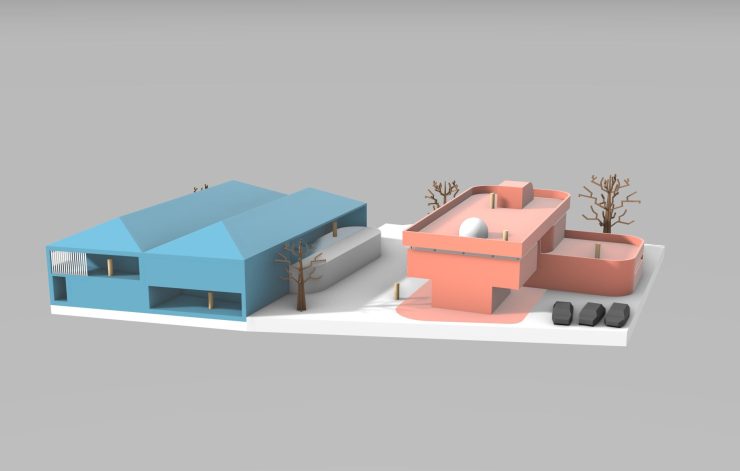Matt Reed graduated from our Architectural and Urban Design MA in 2023. He tells us about some of the his highlights at Brighton and how he is turning his major project into an exciting installation in 2024.
Why Architectural and Urban Design MA at Brighton?
I had been thinking about a career change for a while and Brighton had a course that really interested me which seemed like it could be an excellent extension to my previous studies – Fine Art intermediate at Kingston University (1993-96) and a Postgraduate Certificate in Glass & Architecture at Central St. Martins (2008-09) – and maybe offer up new work prospects.
I really enjoyed the course, and I highly recommend it, especially for someone looking to do something a bit more experimental within the field of architecture. At the time I started the course it was still during the pandemic, so a lot of the study was initially online. But things opened up gradually over time.
Support and space to explore
I actually took a year out in the middle of my studies. I did the part time route, which was two years, but I took a year out and ended up spreading it over three years. This worked well for me, as it allowed me to do paid work around the course. But, it also gave me thinking space and time to really absorb the material and to apply it to my own creative practice. The university staff were very flexible about this, which was great. The support provided was excellent and they were always happy to accommodate my needs.





























